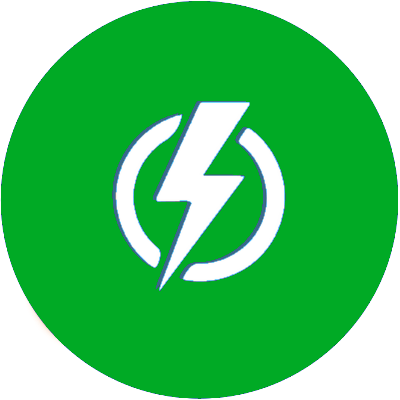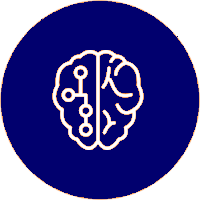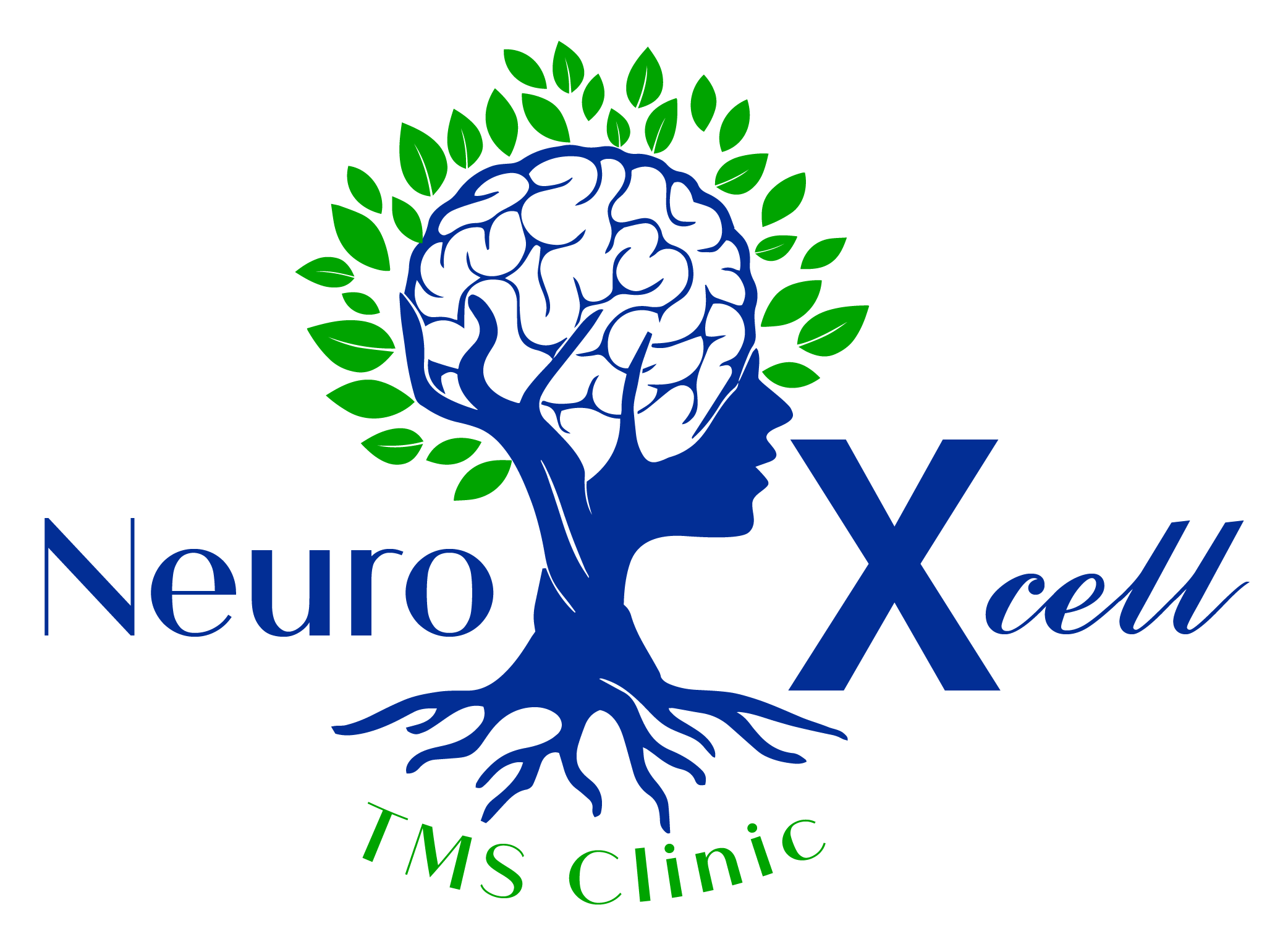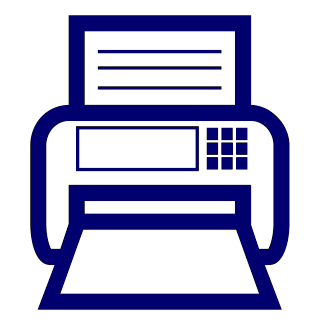rTMS vs ECT Treatment
When people first hear about rTMS treatment, some wonder whether it is the same as, or similar to ECT.
While both use a ‘machine’ to stimulate the brain, the way they work is very different. This page explains and compares the two treatments.

Comparison – TMS vs ECT
Although both Transcranial Magnetic Stimulation (TMS) and Electroconvulsive Therapy (ECT) treat depression, the similarities end there.
How They Work
ECT passes electrical currents through electrodes placed on the head to induce seizures. Although ECT patients are given muscle relaxants whilst under the anesthetic, it is common to wake up feeling achy as a result of the seizures. This is an invasive treatment.
TMS uses magnetic pulses to cause neuroplasticity – the brain’s ability to mend and build connections between the nerve cells – and targets only the small area of the brain that is understood to cause the symptoms of depression (the prefrontal cortex). This is a non-invasive treatment.
Because they work so differently, the patient experience for TMS is very different compared to ECT. This table gives a more detailed comparison.
ECT Compared To TMS Treatment

ECT
Electroconvulsive Therapy
Technology used: Electrical currents sent through the brain via electrodes
How it works: ECT treatment uses electrical currents to trigger a seizure
Invasive? Carried out under general anaesthetic with muscle relaxants to calm convulsions
Treats: Severe and treatment-resistant depression, schizophrenia, bipolar disorder, catatonia
ECT Side Effects:
Headache 33%, Memory problems 18%, Cognitive problems 17%, Confusion 16%, Muscle aches 13%
Serious side effects causing death and morbidity with cardiovascular and pulmonary complications occur in a very small number
Prolonged seizures can occur in 1-2%

TMS
Transcranial Magnetic Stimulation
Technology used: Applied to a maximum 3cm depth around the brain
How it works: TMS treatment gradually stimulates or modulates targeted brain pathways/areas
Invasive? No anaesthetic is required – patient is awake and relaxed
Treats: Depression, Anxiety, PTSD, OCD, Tinnitus, ADHD and Chronic Pain
TMS Side Effects:
Mild headaches,
Mild fatigue,
Low risk of seizures (1 in 30,000)
Contact Our Team
Transcranial Magnetic Stimulation Treatment



